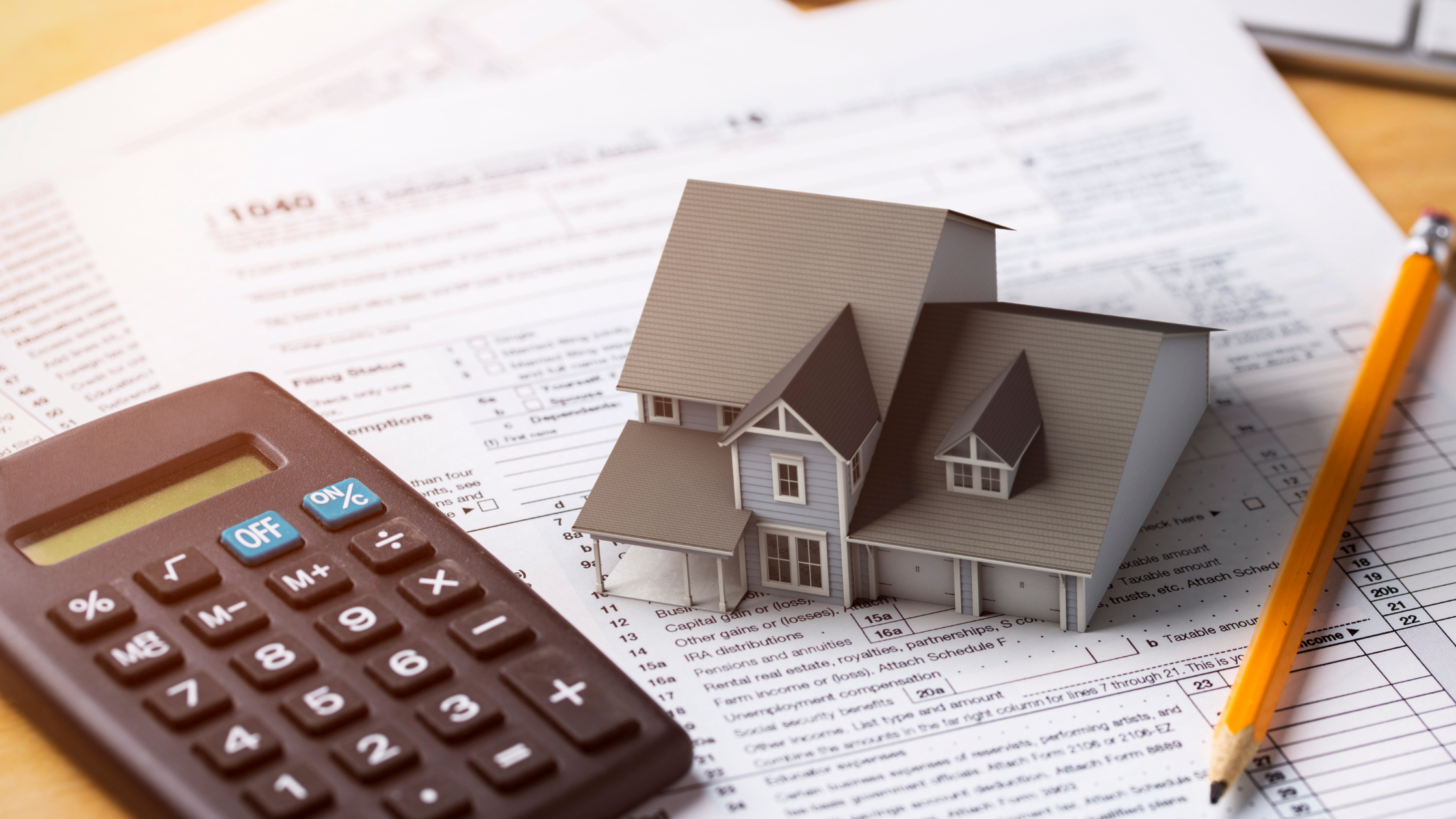January 29, 2024

Interest rates may have stymied the mortgage market but an alternative lending solution has emerged: Home Improvement Lending. Discover why homeowners have been increasingly drawn to this option, and what it could mean for your credit union.
As economic conditions ebb and flow, conventional mortgage markets see fluctuations in demand and supply. This is nothing new. But since 2022, the sustained economic turbulence and ongoing rate uncertainty has seen a marked dip in mortgage applications. More and more, homeowners are choosing to stay put, unsurprisingly disinclined to bid farewell to an existing mortgage, locked in at several percentage points below current rates.
But while consumers are content with their mortgages, dreams for newer, larger, different homes have not abated—and the allure of Home Improvement Lending (HIL) is on the rise. Homeowners, now presented with the choice to enhance their current homes instead of navigating the competitive housing market, are finding this option more appealing, and the scene is set for credit unions to capitalize.
A win-win for members and lenders
For both credit unions and members, Home Improvement Lending is a positive. The versatile options—network lending, personal loans, cash-out refinancing, home equity lines of credit (HELOCs) and home equity loans—represent a truly flexible lending portfolio. For lenders, it’s an opportunity to engage existing members, attract and convert indirect borrowers, and open up new markets in an increasingly rate-conscious market. For borrowers, they’re seeing credit unions willing and able to cater to the diverse needs and financial circumstances of the nation’s homeowners.
Similarly, unlike the cumbersome and lengthy process of obtaining a mortgage, home improvement loans can provide quick access to funds; a far cry from the rigidity of traditional mortgages. This is especially advantageous when consumers are eager to kickstart time-sensitive renovations or repairs. Rapid approval and fund dispersal are only contributing to HIL’s growing popularity.
People before profit
Opting for home improvement lending also allows homeowners to enhance their living spaces without tapping into their primary asset for a new mortgage: home equity. Whether it’s a kitchen remodel, bathroom upgrade, or energy-efficient renovations, the ability to obtain project-specific financing while safeguarding earned equity ensures that homeowners have the necessary funds without committing to a larger mortgage. This is a platform credit unions can uniquely own, developing products and solutions that place a member’s financial wellbeing before profit. Strategically, however, as the member’s home equity grows long-term, so too does their capacity for greater, additional borrowing further down the line.
Could sustainable living lead to sustainable growth?
As the values-driven Gen Z comes to financial maturity—and stakes their own claim in the housing market—an emphasis on sustainability and eco-friendly living will likely shape and inform homeowner decisions more than ever.
For credit unions looking to attract younger audiences and secure long-term membership and deposit growth, HIL is once again an enticing option. Marketing loan solutions explicitly to finance green initiatives, improved energy efficiency, greater water management etc. may not work for every member segment but it is guaranteed to pique the interest of some at a time when every financial institution is hurting for sticky market share.
Low inventory? No problem
The real estate market, notoriously characterized by low inventory and intense competition across so many urban and rural communities alike, poses challenges for potential homebuyers. Equally, record rate raises have posed problems for credit unions. Home Improvement Lending could prove to be the positive that emerges for both.
